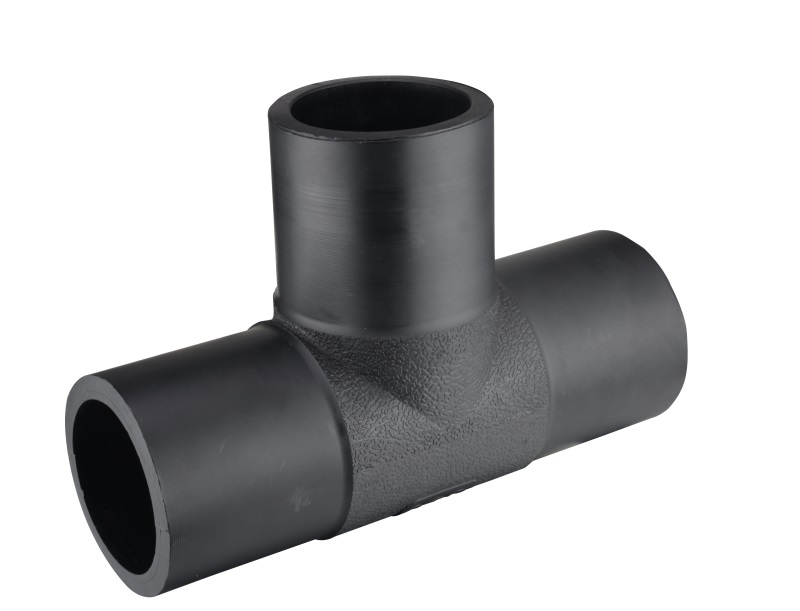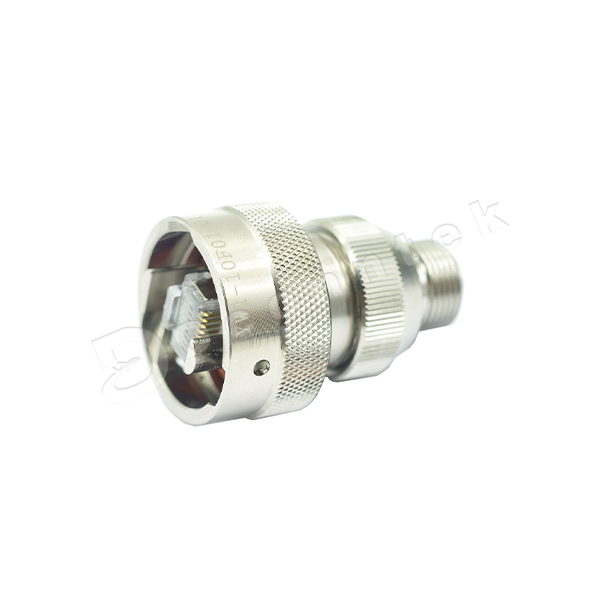Unveiling the Illusions: Rocks Often Mistaken for Agates
When it comes to the world of gemstones, few stones capture the imagination quite like agates. Renowned for their vibrant colors, intricate banding, and smooth finishes, agates are a favorite among collectors and jewelry makers alike. However, the beauty of agates can sometimes lead to confusion, as several other rocks and minerals share similar characteristics. In this article, we will explore the various types of rocks that are often mistaken for agates, delving into their unique properties and how to distinguish them from true agates.
Understanding Agates: A Brief Overview
Before we dive into the impostors, it’s essential to understand what makes agates unique. Agates are a form of chalcedony, a microcrystalline variety of quartz. They are characterized by their banded appearance, which results from the deposition of silica in layers. Agates can be found in a variety of colors, often displaying stunning patterns that are formed through geological processes over millions of years. Their hardness, typically rated at 6.5 to 7 on the Mohs scale, makes them durable and suitable for various applications.
Common Rocks Mistaken for Agates
- Jasper
- Description: Jasper is another form of chalcedony, but it is opaque rather than translucent. It comes in a wide range of colors and patterns, often featuring earthy tones.
- Distinguishing Features: Unlike agates, which are typically banded, jaspers have a more uniform appearance. They lack the translucency that is a hallmark of agates. A simple scratch test can also reveal differences in hardness, as jasper may show more wear than agate.
- Carnelian
- Description: Carnelian is a reddish-brown variety of chalcedony that can sometimes be mistaken for agate due to its smooth texture and color variations.
- Distinguishing Features: While carnelian can exhibit banding, it is generally more uniform in color and lacks the intricate patterns found in agates. Additionally, carnelian is typically more translucent than many agate varieties.
- Onyx
- Description: Onyx is a banded variety of chalcedony that can closely resemble agate. It is often used in jewelry and decorative items.
- Distinguishing Features: The key difference lies in the banding; onyx typically has straight, parallel bands, while agate features more irregular and varied patterns. Onyx is also usually more polished and has a glassy finish.
- Chalcedony
- Description: Chalcedony is a broad term that encompasses various types of microcrystalline quartz, including agate, jasper, and carnelian.
- Distinguishing Features: While all agates are chalcedony, not all chalcedony is agate. The primary distinction is the banding; chalcedony can appear in solid colors without the layered structure typical of agates.
- Flint
- Description: Flint is a sedimentary rock that can sometimes be mistaken for agate due to its smooth surface and color variations.
- Distinguishing Features: Flint is generally darker and more opaque than agate. It also has a more conchoidal fracture pattern, which can be observed when the stone is chipped or broken.
Tips for Identification
To accurately identify agates and differentiate them from similar rocks, consider the following tips:
- Examine the Transparency: True agates are typically translucent, allowing light to pass through. If a stone is opaque, it may be a different type of chalcedony or another mineral altogether.
- Look for Banding Patterns: Agates are known for their unique banding. Take a close look at the patterns; if they are irregular and varied, you may be looking at an agate. In contrast, straight and parallel bands suggest onyx.
- Conduct a Scratch Test: Use a knife or a piece of glass to scratch the surface of the stone. Agates are harder and should resist scratching better than softer stones like jasper or flint.
- Consult a Gemologist: If you are still uncertain, consider seeking the expertise of a gemologist. They can provide a professional assessment and help you understand the nuances of your collection.
Conclusion
While agates are undoubtedly captivating, it is essential to be aware of the various rocks that can be mistaken for them. By understanding the distinguishing features of these impostors, collectors and enthusiasts can enhance their knowledge and appreciation of these beautiful stones. Whether you are a seasoned gemologist or a casual collector, recognizing the differences between agates and their look-alikes will enrich your experience in the fascinating world of gemstones. Remember, the beauty of nature is often found in its complexities, and knowing how to identify these stones is just the beginning of your journey into the realm of geology.




